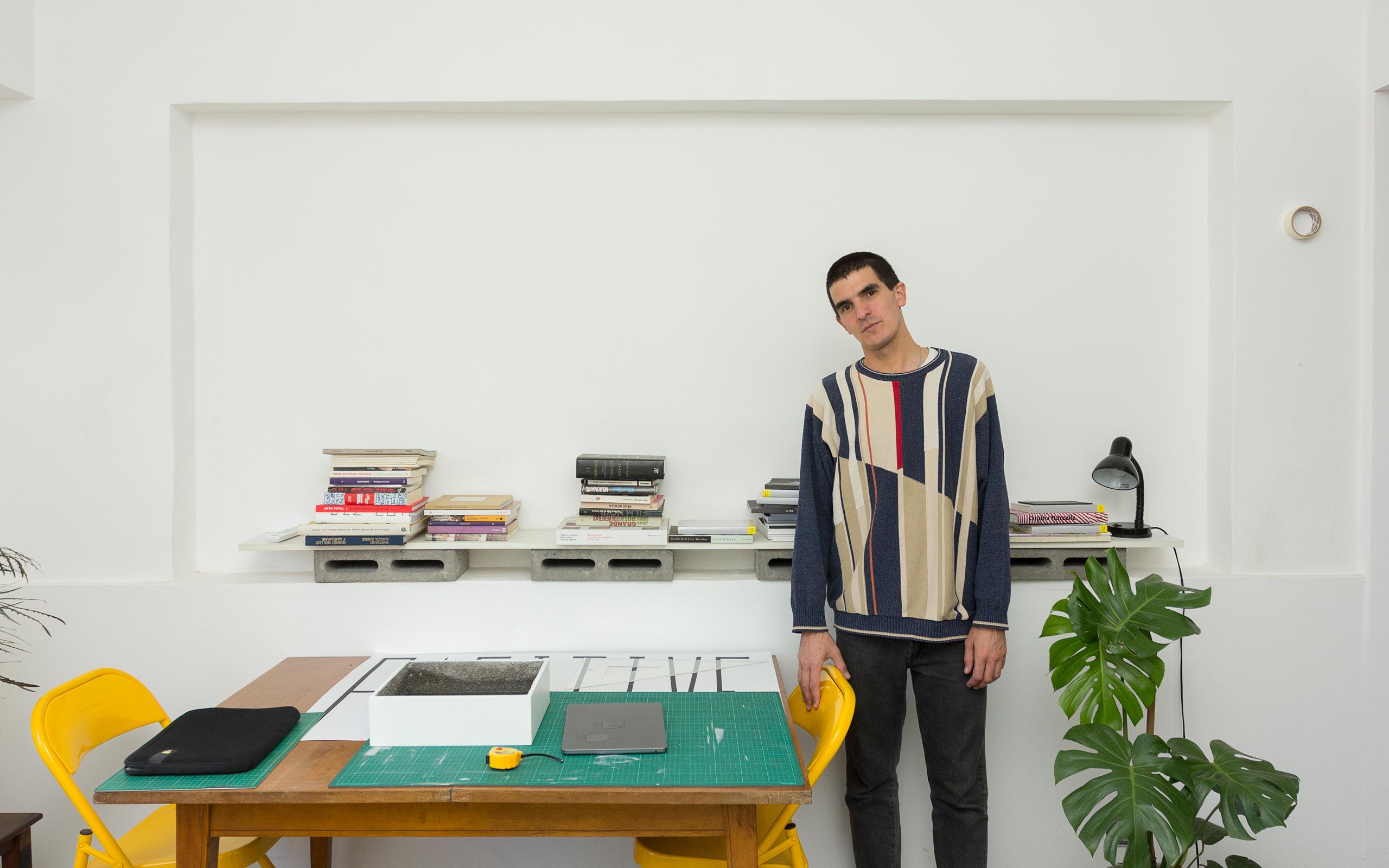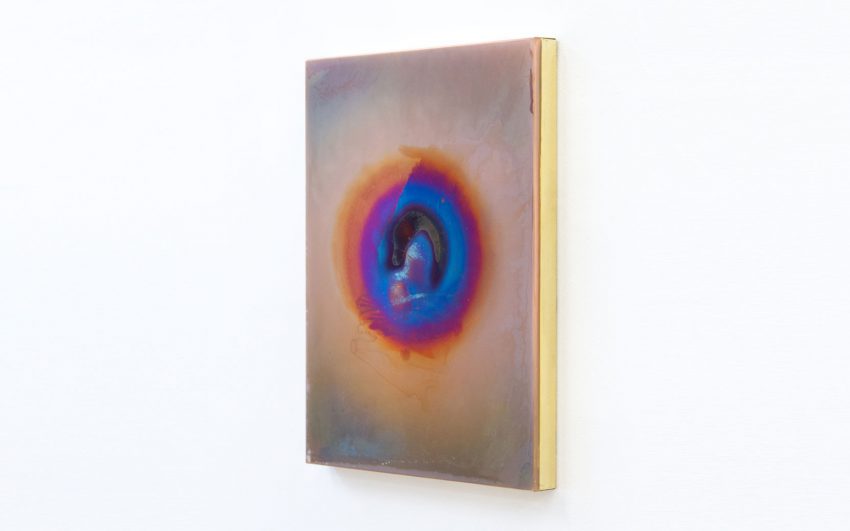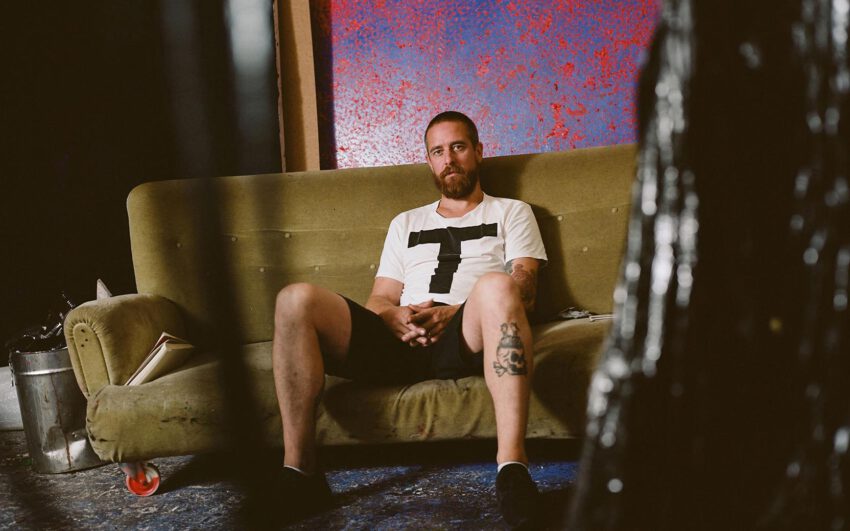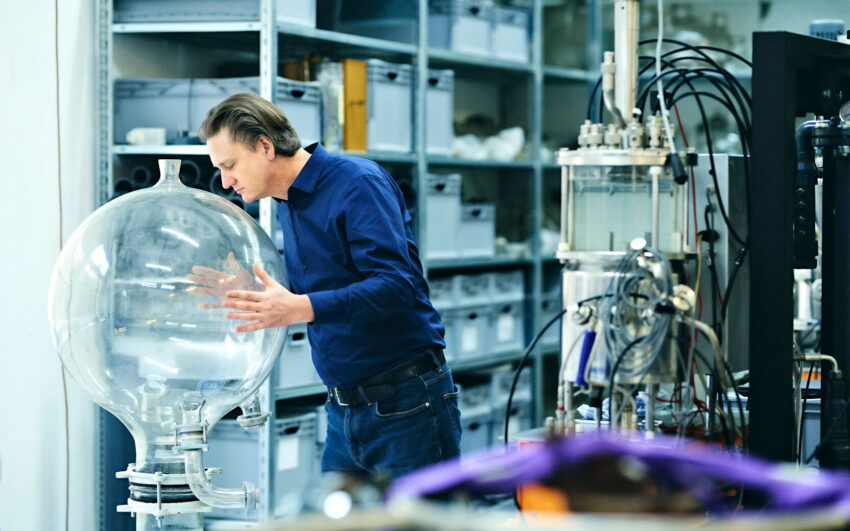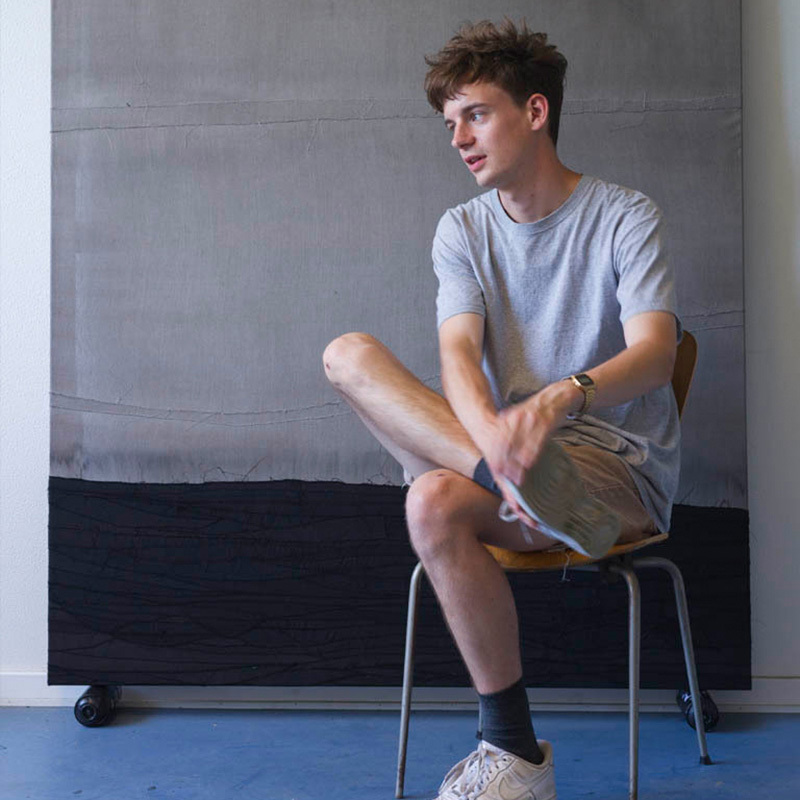Argentinian artist Pablo Accinelli gathers and recreates objects from everyday situations, be it a whiskey box from a bar, an inflatable pillow or a subway seat in São Paulo. The concrete meanings of mundane objects then get mixed with the representational meaning that every viewer brings to them.
Pablo, you do sculpture, installation, drawing, photography, and mixed media using industrial and everyday materials. What strikes me first is your restrained use of color, you have quite a muted palette. What’s your philosophy behind this?
It’s a difficult question to answer because in general the colors in my work are already an intrinsic part of the objects. For example, I’m doing some pieces with broomsticks for my new exhibition O canto dos sapos (The Song of Frogs) in São Paulo and I chose a broom the coloration of which was closer to that associated with camouflage rather than an industrial usage color such as blue. I was writing the other day about how not to make decisions. I don’t want to see how I made decisions, but rather to strive for something more natural. Your question has to do with that, I guess. Now I’m doing replicas of objects that I have seen in public spaces, for example a seat from São Paulo’s subway. It has a lot of colors like yellow, orange and brown, but that was already integral to the seat, and is not something that results from a decision I have made.
What about the decisions behind choosing the objects?
I guess it's a little bit related to my life as I come from a working-class family in La Boca a neighborhood in Buenos Aires and I don’t want to move away too much from this environment. Also, in the beginning, I used to work with objects more related to the atelier but then I decided to start using external objects of public life.
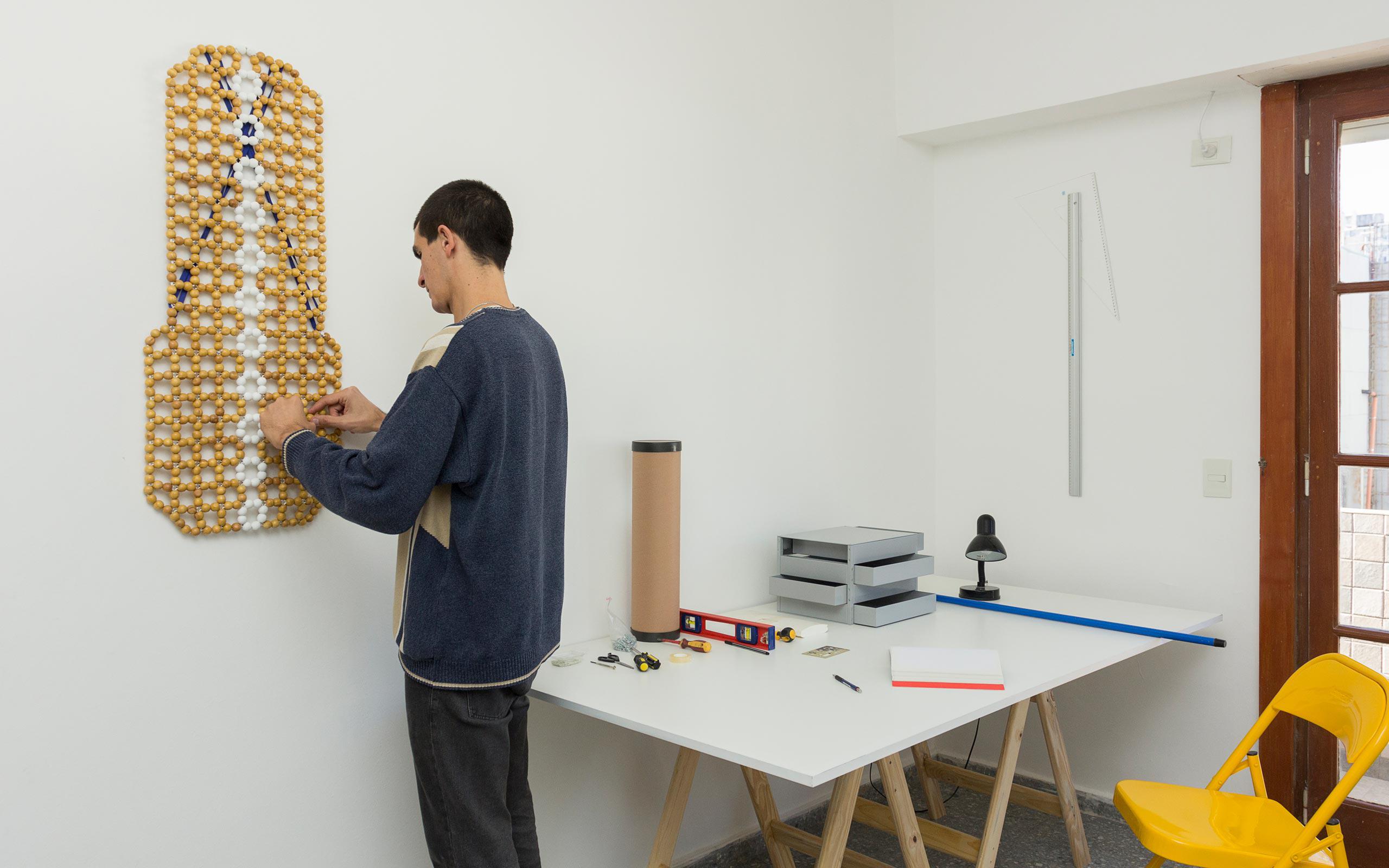
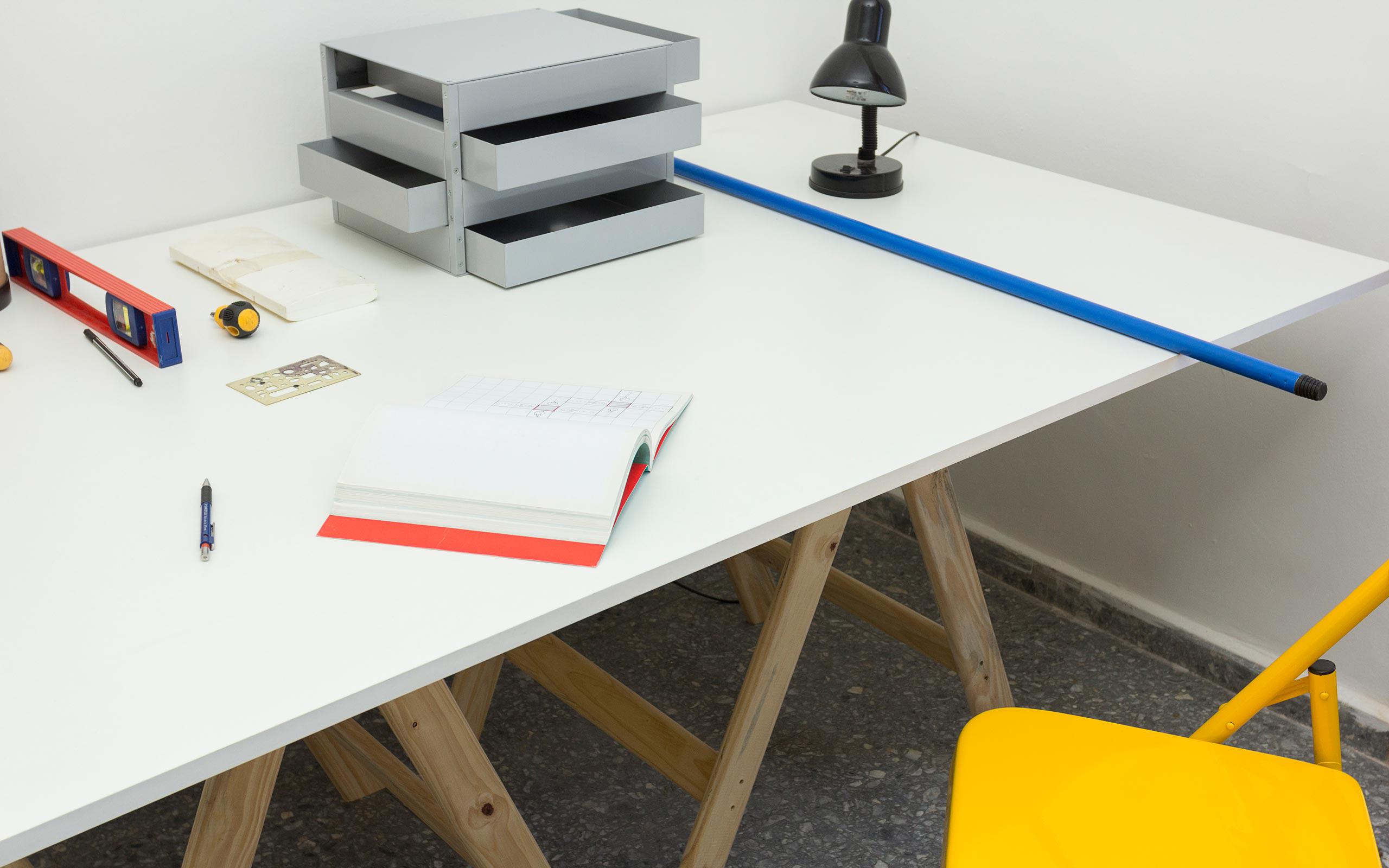
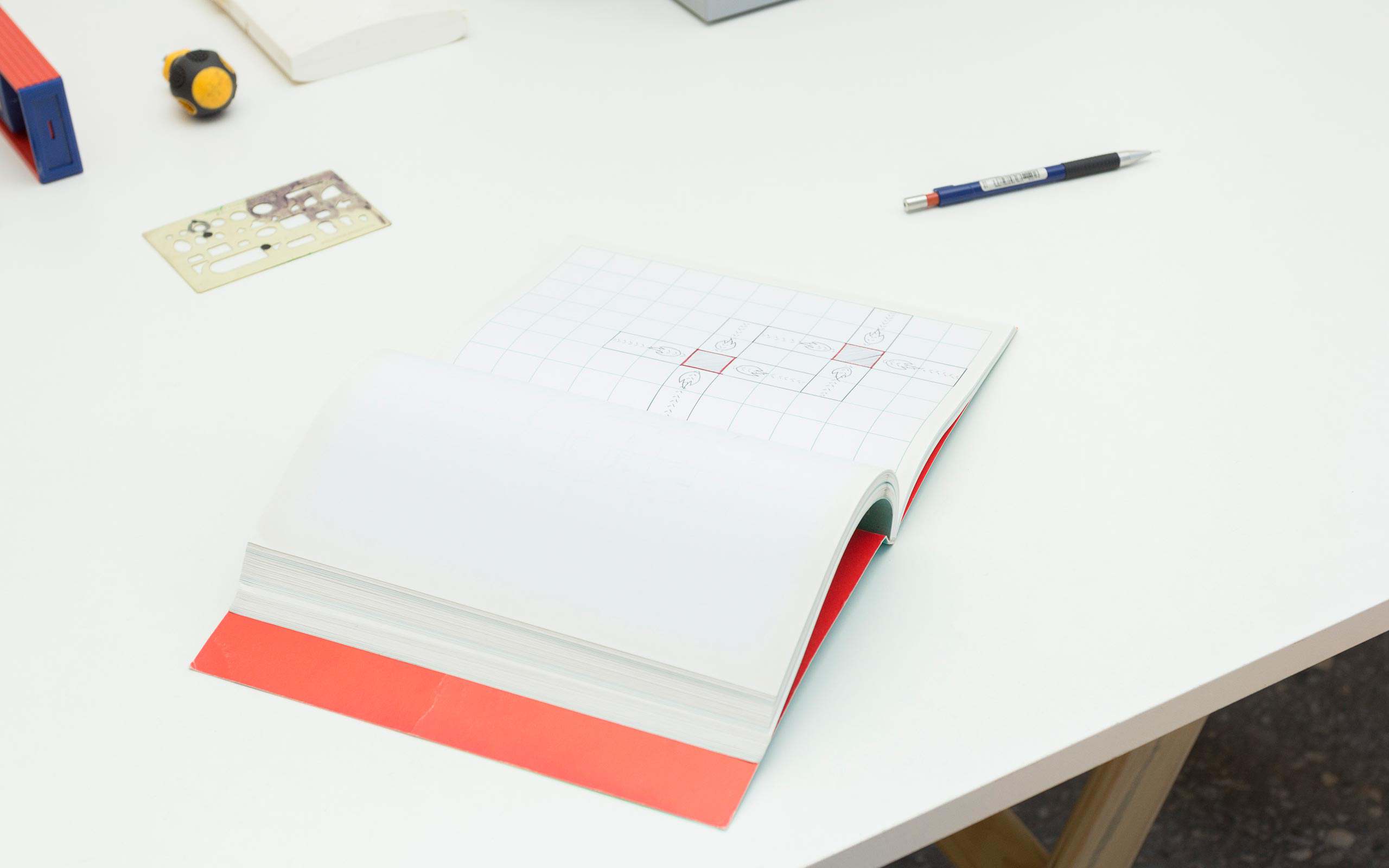
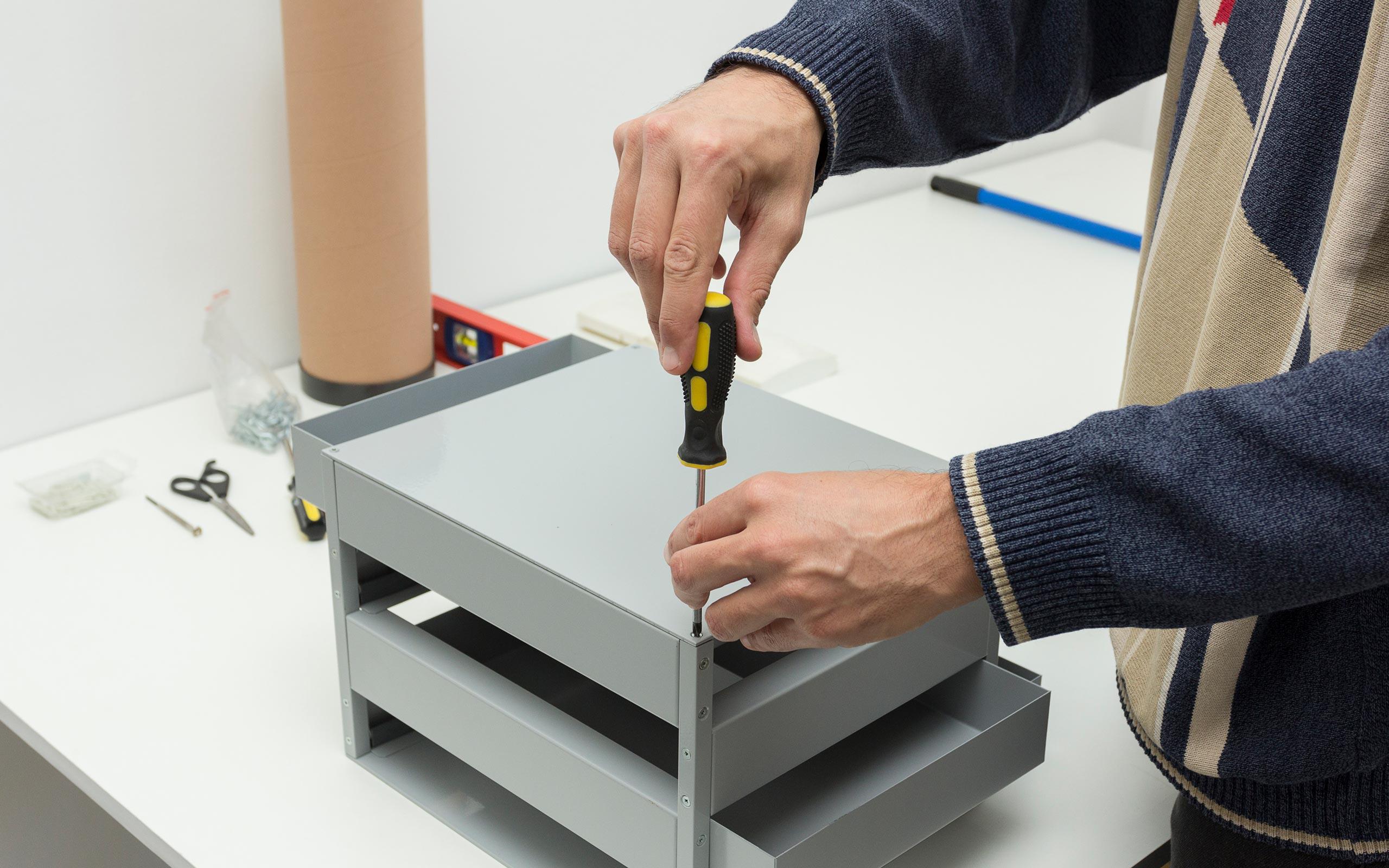
Do you recall one of the first works that was drawn from everyday life?
For a show that a friend invited me to, I did a looping video of a window display of a shoe shop (Duración interna, 2016). The shoe is a typical one but also has the potential to dress you up, and that made the video a little bit erotic, not just formal.
In which sense do you see it as erotic?
Probably because it was a shiny shoe rotating in the program of a gallery called Glory Hole. It became obvious to me that a shoe as an object can have many interpretations that are outside of my control. From that point on, I decided to start using objects whose meaning I can’t easily change, these might include padlocks, keys, bags of charcoal, decks of cards, and trash cans. The titles of my last shows have to do with that also: El canto de los pájaros (The Song of Birds), Entes y serpientes (Beings and Snakes), Nubes de paso (Passing Clouds), as they suggest a world of living beings, even though the exhibition is comprised of only inanimate objects. It could also be linked to a desire to avoid thematizing.
When you are not talking about anything in particular, you are talking about everything and here I guess is where my work evades its context better.
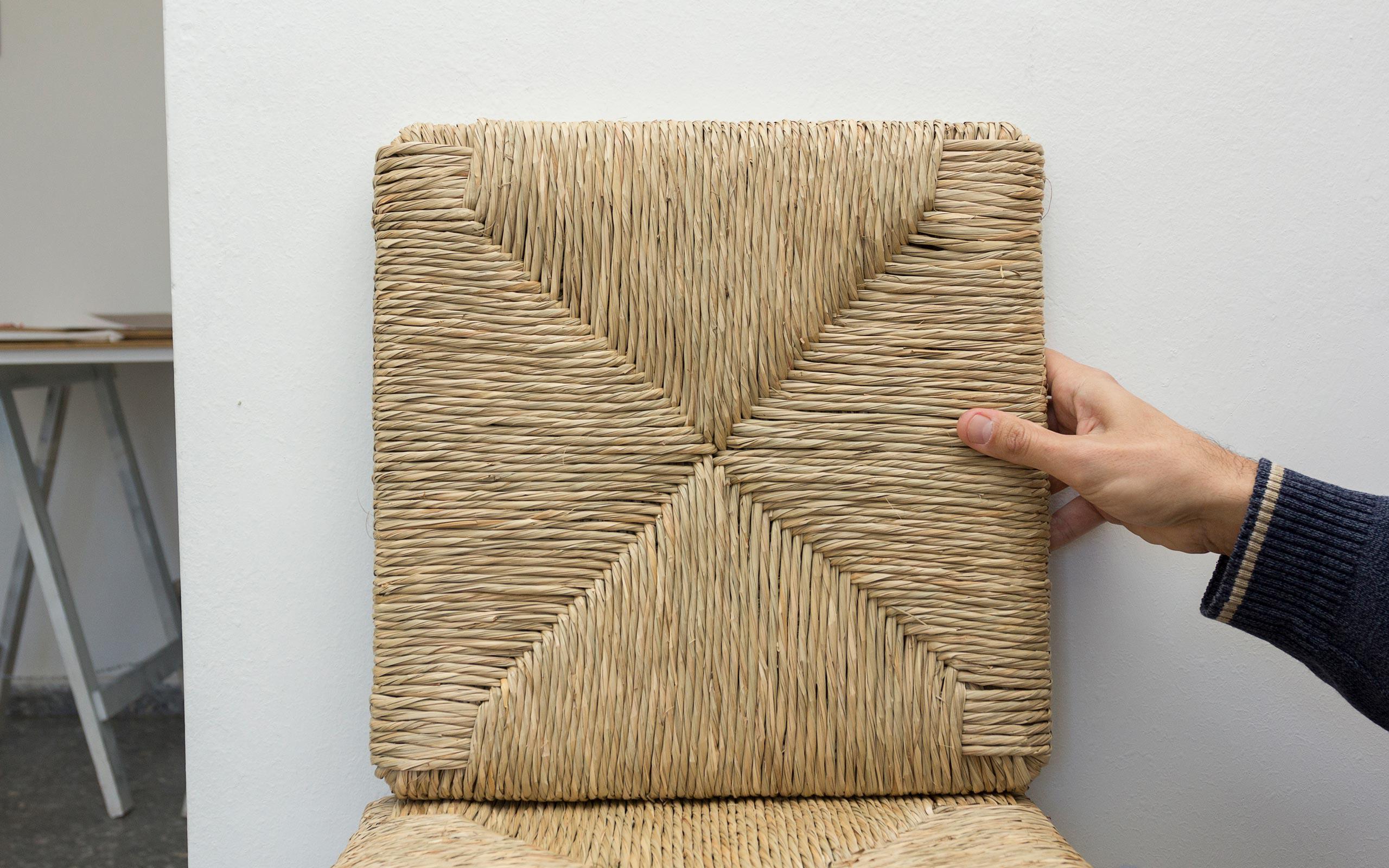
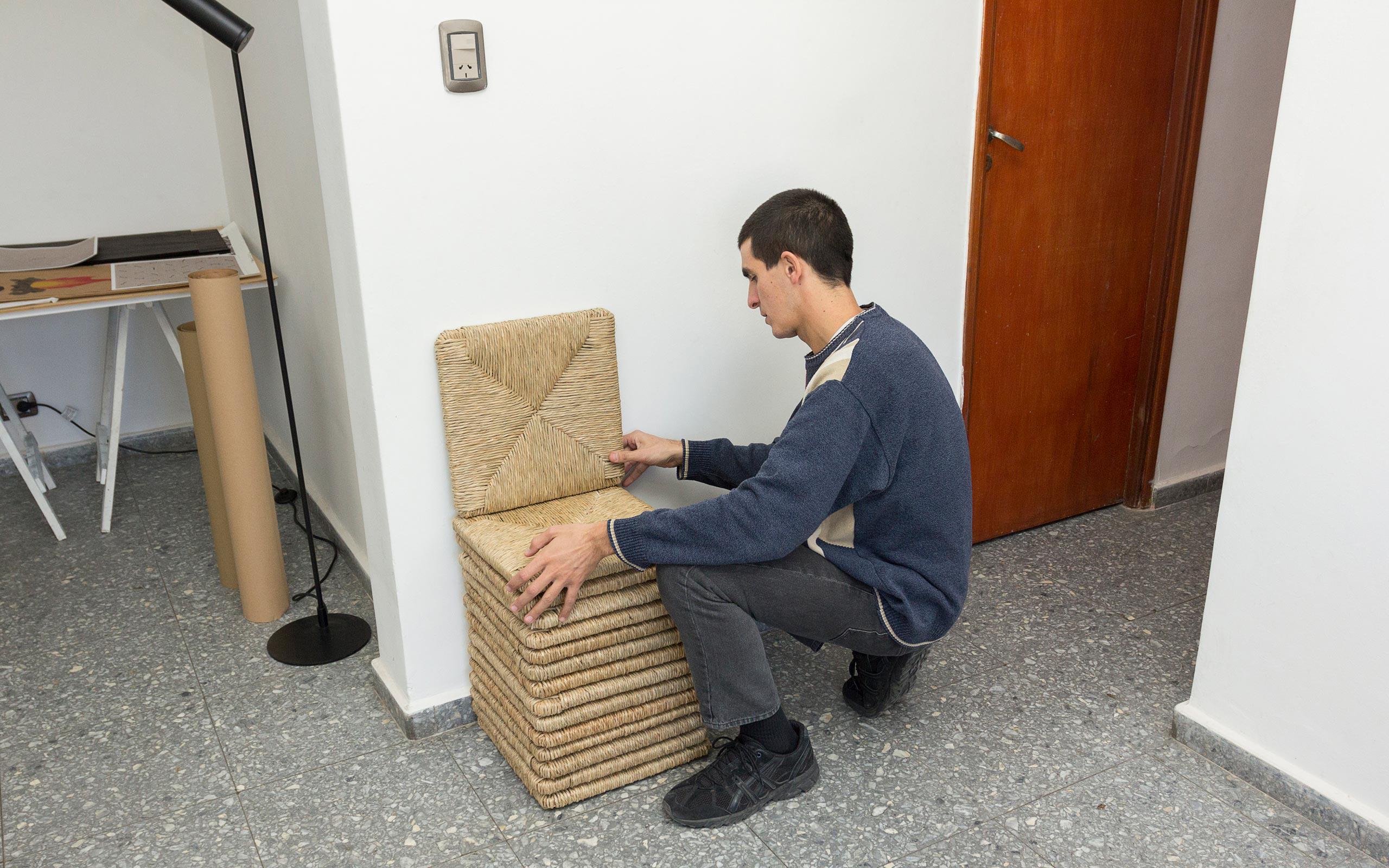
There is a restrained, subdued feel to your works. How do you manage to keep it so stripped-down?
For me, what’s important is not just the work, but also what happens around and what I’m not saying: what I’m not showing is as important as what I’m showing. Again, the focus in some objects also push you to the exterior space more quickly.
Do you have an example?
It could be a piece with five concrete bags and an inflatable pillow (Duración interna, 2016). Perhaps you will see it and recall what it means to you in a normal context. In that moment, the work itself has already become less important. It’s more about where the work is taking you. It’s pushing you to recollections of stuff outside of the exhibition. I return to thinking that the quicker a work takes us to the exterior world, the better.
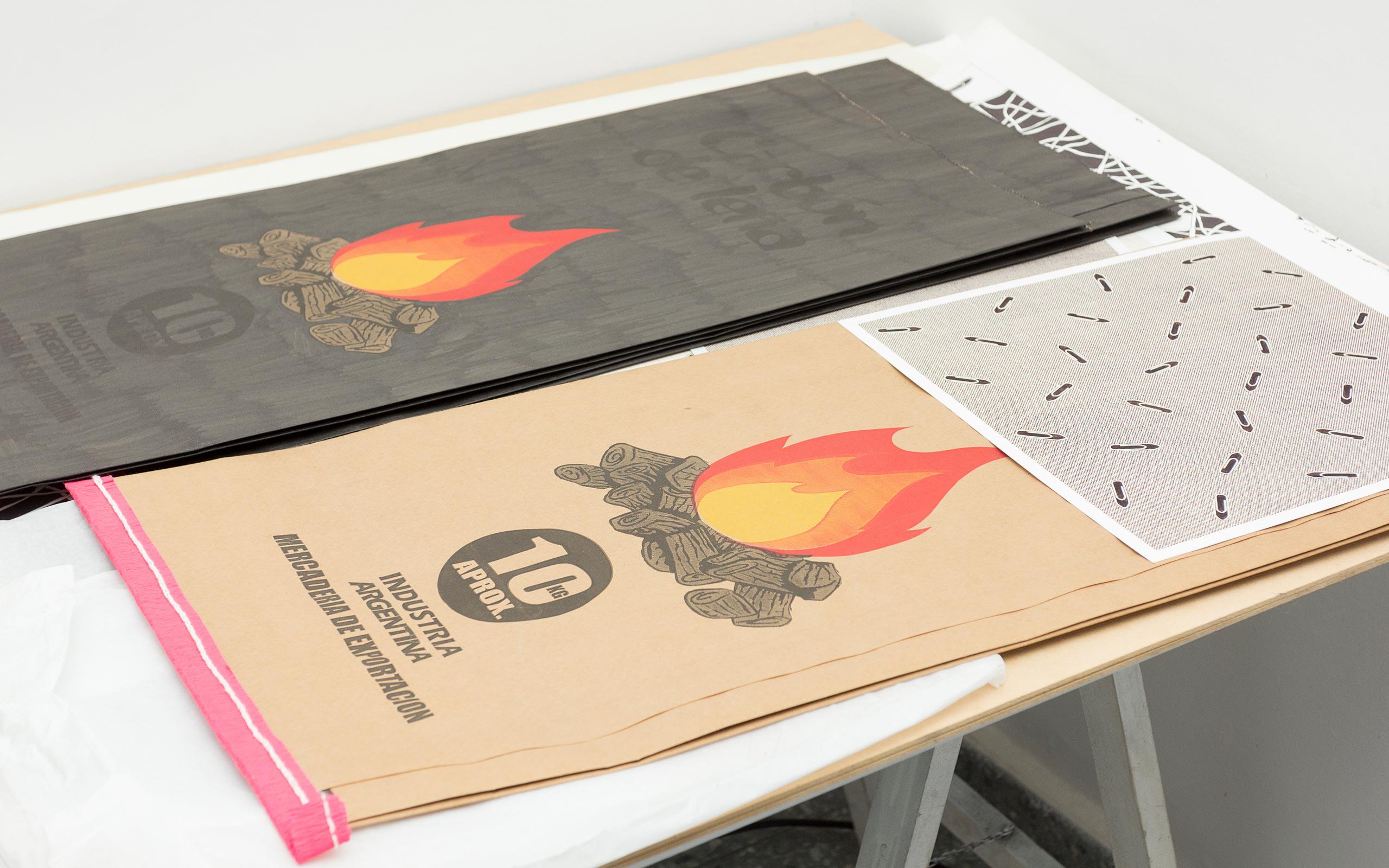
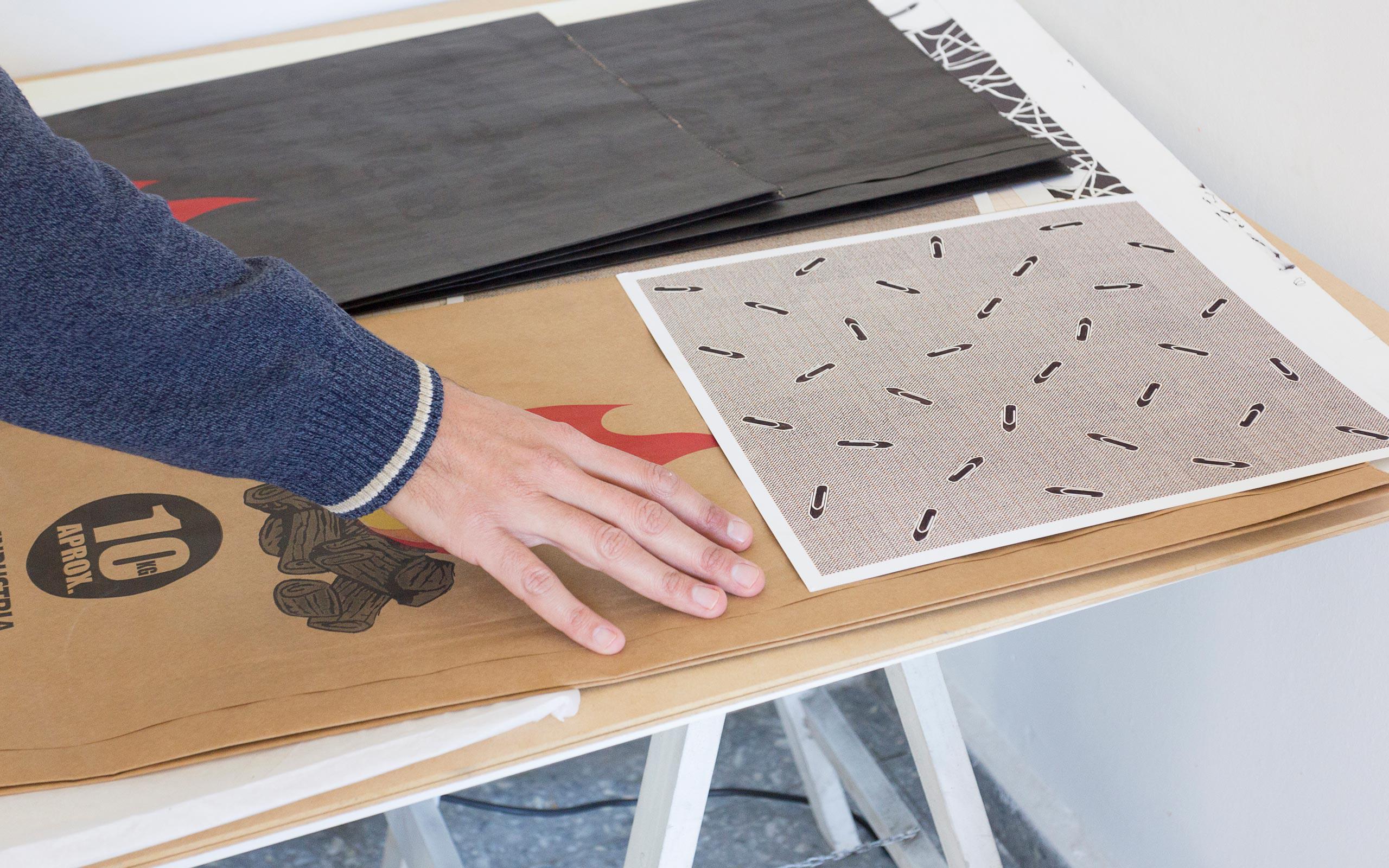
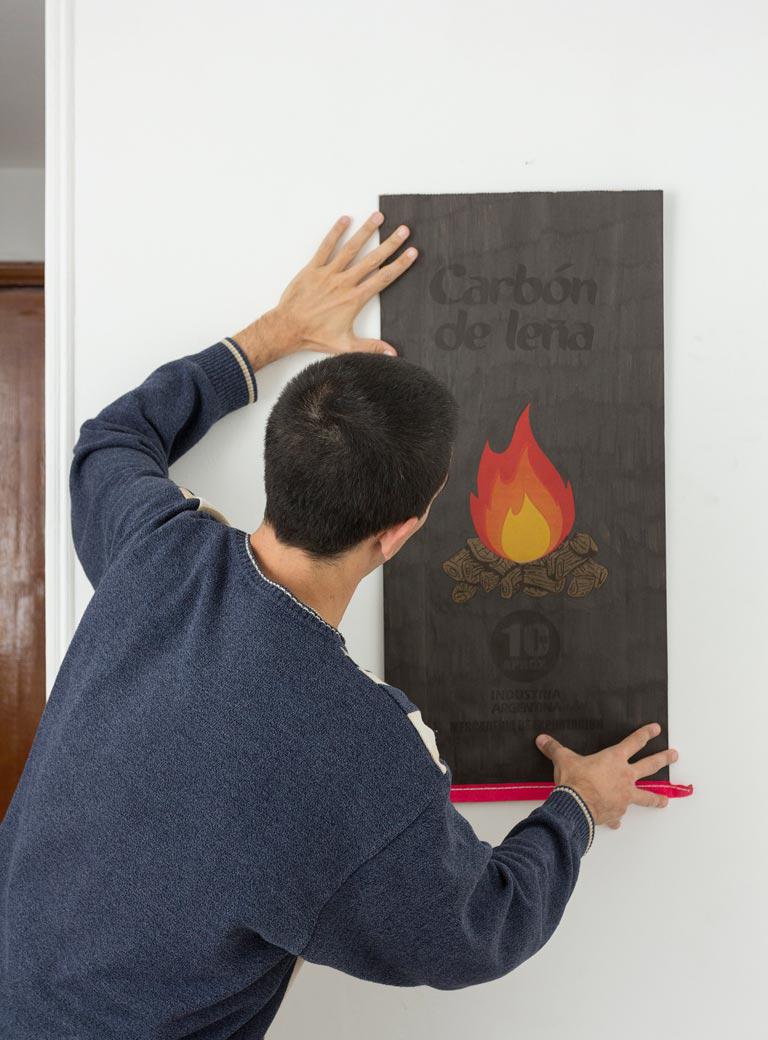
Perhaps part of the feel of how composed the installations are, is related to how you organize objects in the artworks, sometimes into patterns and systems. What lies behind this?
I do indeed use systems, but I feel that if it’s interrupted in some way, viewers will see more of the logic. Therefore, I sometimes try to organize works with a mathematical precision, although ultimately, the work is quite organic and mobile. Perhaps I make the excuse of doing something logical to show then that life is in fact both dynamic and infinite.
So, there is some structure, but also mess?
Exactly, and the mess is brought about by the combination of the objects. For example, the concrete bed with the inflatable pillow makes a mess.
In what way?
The concrete bags are very heavy, but the inflatable pillow is almost just air, such a pillow is used in an attempt to be comfortable on a bus journey, then suddenly it appears in quite an uncomfortable situation, a quite static, earthly situation, combining to make a mess.
Are you saying that your works are like the brackets around a blank that each individual fills with their own association?
They are more situational. One thing that inspires me is to wait, like going into a place earlier and just wait. To wait for a friend, to wait for someone to get off the bus so you can sit down, or when you clean your house. The work with concrete bags or another one with whiskey boxes are very related to that. Decoration with boxes of whiskey is very common in bars in São Paulo, and in that context it’s more a situation in which you are waiting for something or someone and you end up looking very attentively at one object. The arrangement of the concrete bags is such a situation and one can easily imagine a building under construction. I like the works that are bigger than they appear. Someone once wrote that my works seem to play the role of an inverted telescope.
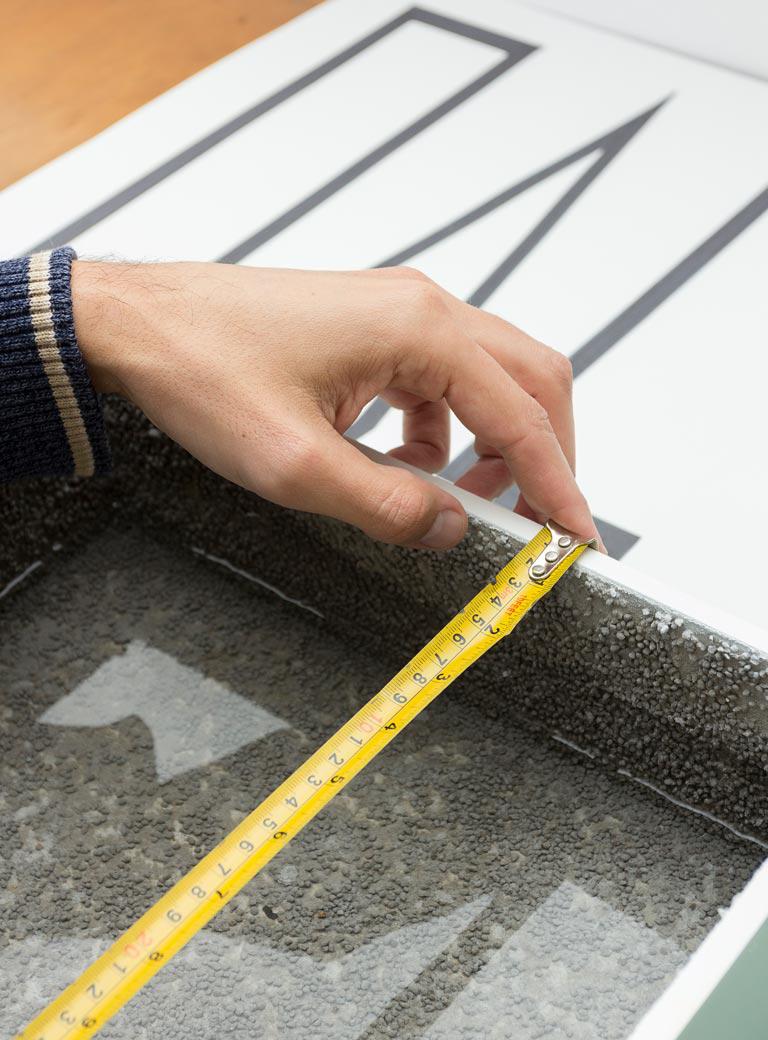
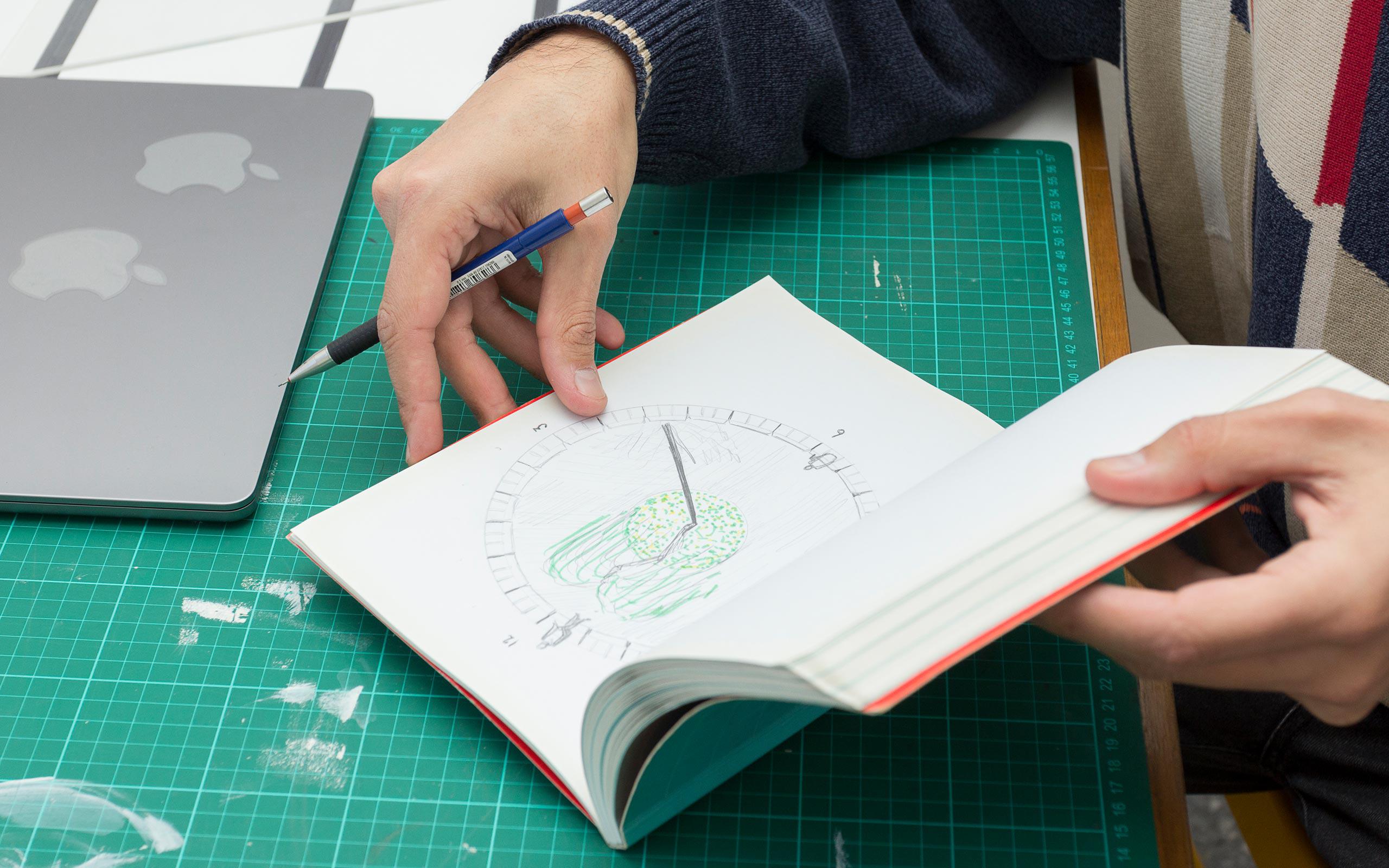
How would you describe the cultural connection of your works?
Surely, they come from the environment in which I live and are then shared in a very different space, that of a gallery. But I will never say as much in a show because there, things are very dynamic. The objects have freedom to express. That’s why I like works that are not related to a specific media: how will you say that this is a sculpture or an installation? The whiskey boxes for example are colored with markers – you can see the traces, which could make that work a drawing, and not a sculpture. I would describe it as an open situation.
You have moved into replicating objects, too. How did that all start?
It has to do with mixing my works that already have some links to situations in normal life. People used to ask me if I bought an object or if I did it on my own. This was before the replicas and now with them, the question is more understandable because obviously the replicas are done by me but at the same time they were already made before I replicated them.
What object is your first replica?
I don’t know if it’s the first, but I think the most obvious is a suitcase. Six years ago, I saw a guy in the middle of an avenue in Buenos Aires. He was selling shoes from a beautiful, orange suitcase, and I took a photo of it and thought about what I can do with it. Later, more precisely last year, exactly last year, I realized I have never seen it since, and perhaps no one else has seen it either; I then came up with the idea of creating a replica in an attempt to trace it back to life.
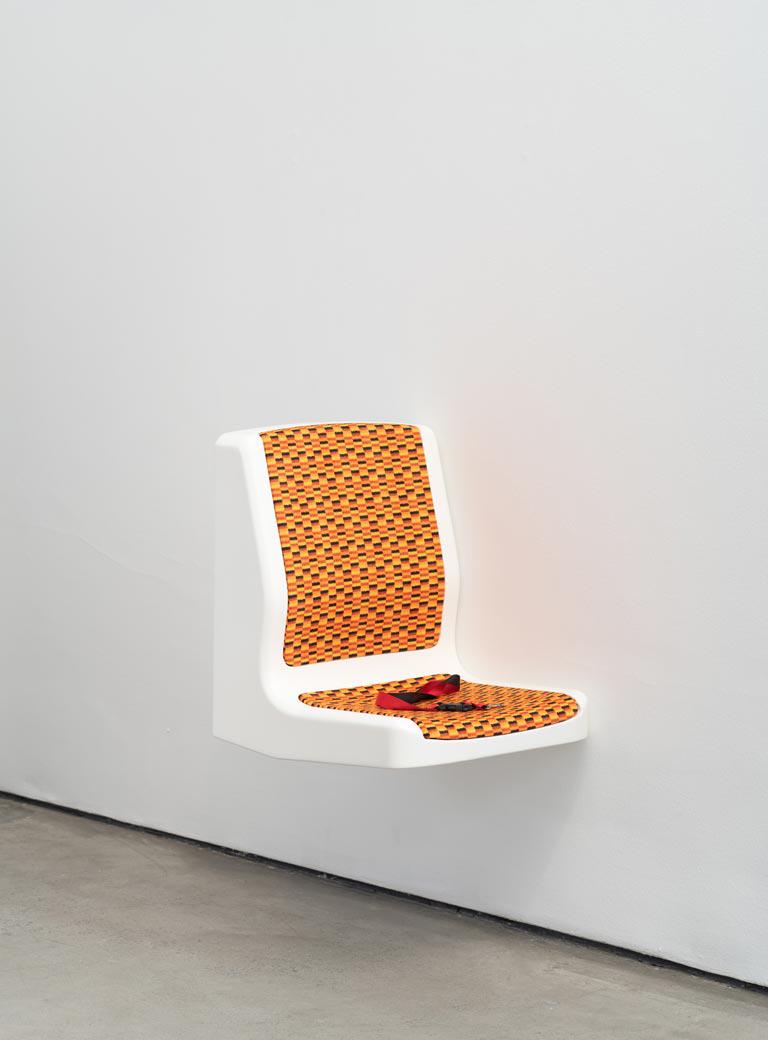
Entes. Línea amarela, São Paulo, 2023
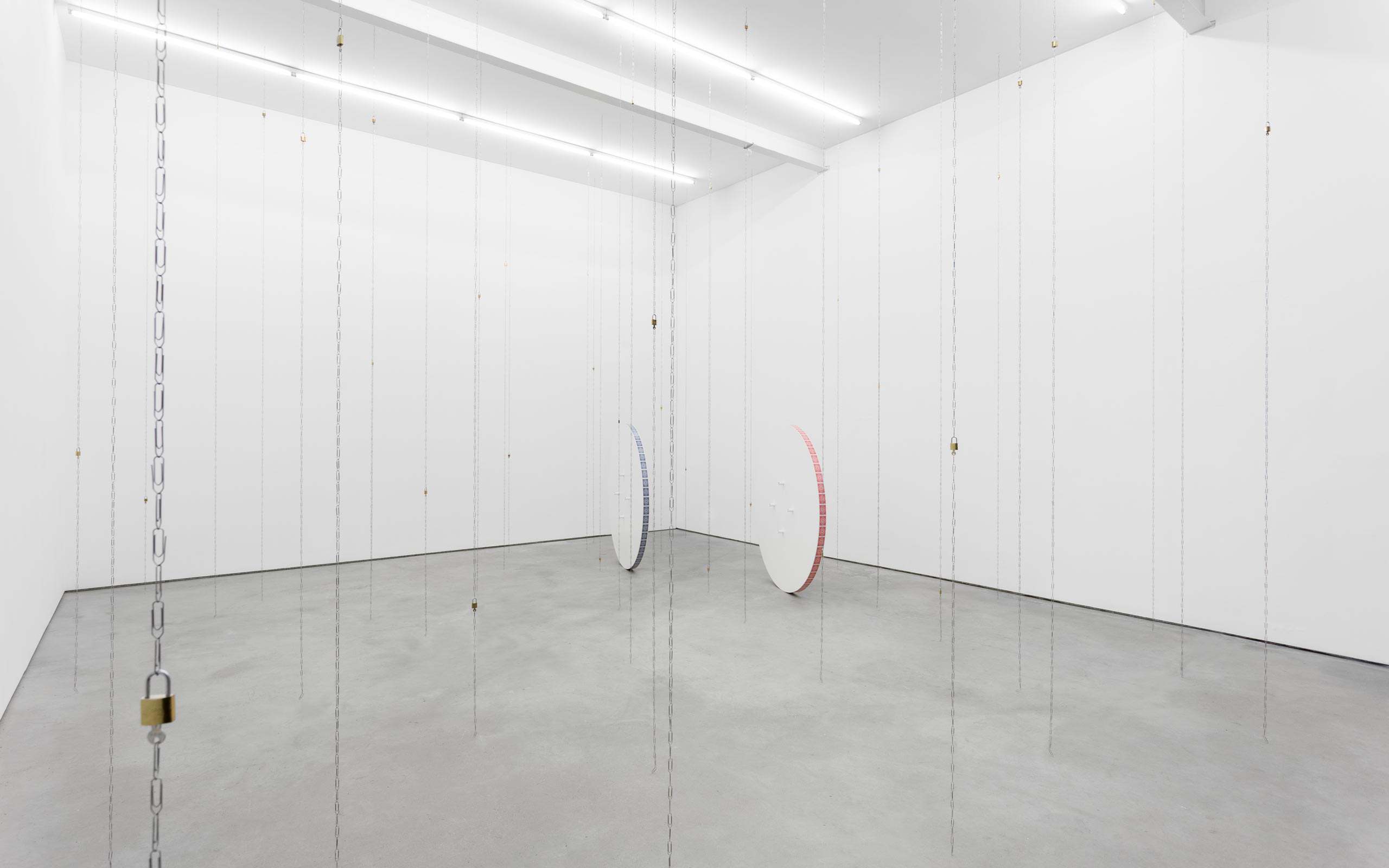
Duraciones, solo show, Galería Bruno Murias, 2018
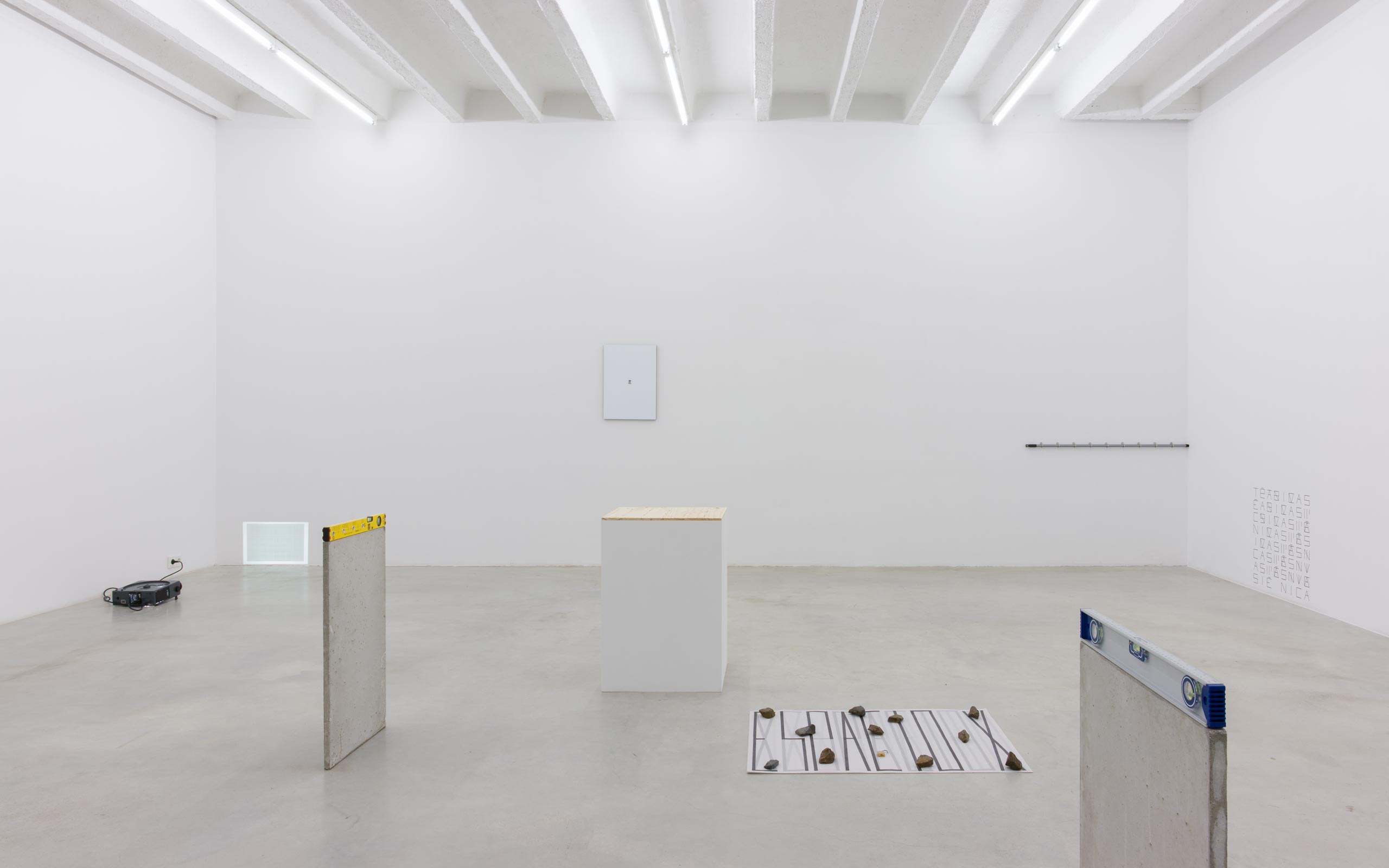
Técnicas pasivas, solo show, Galería Gregor Podnar, 2016
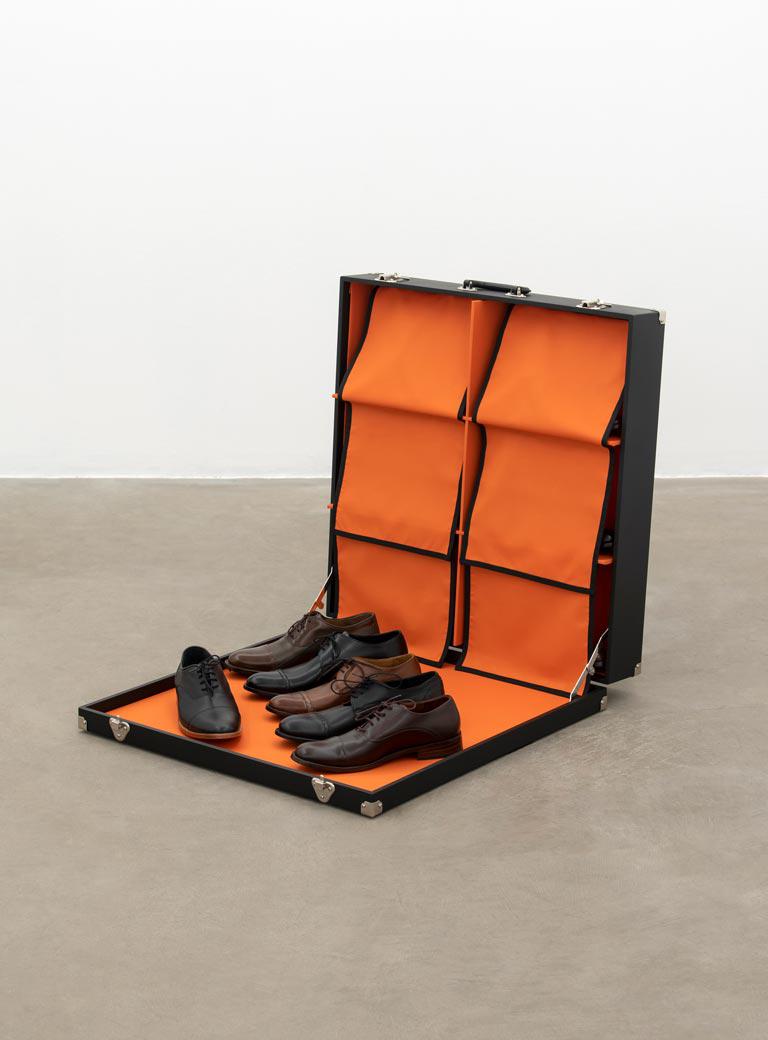
Entes y serpientes, 2022
Interview: Rasmus Kyllönen
Photos: Bruno Dubner


